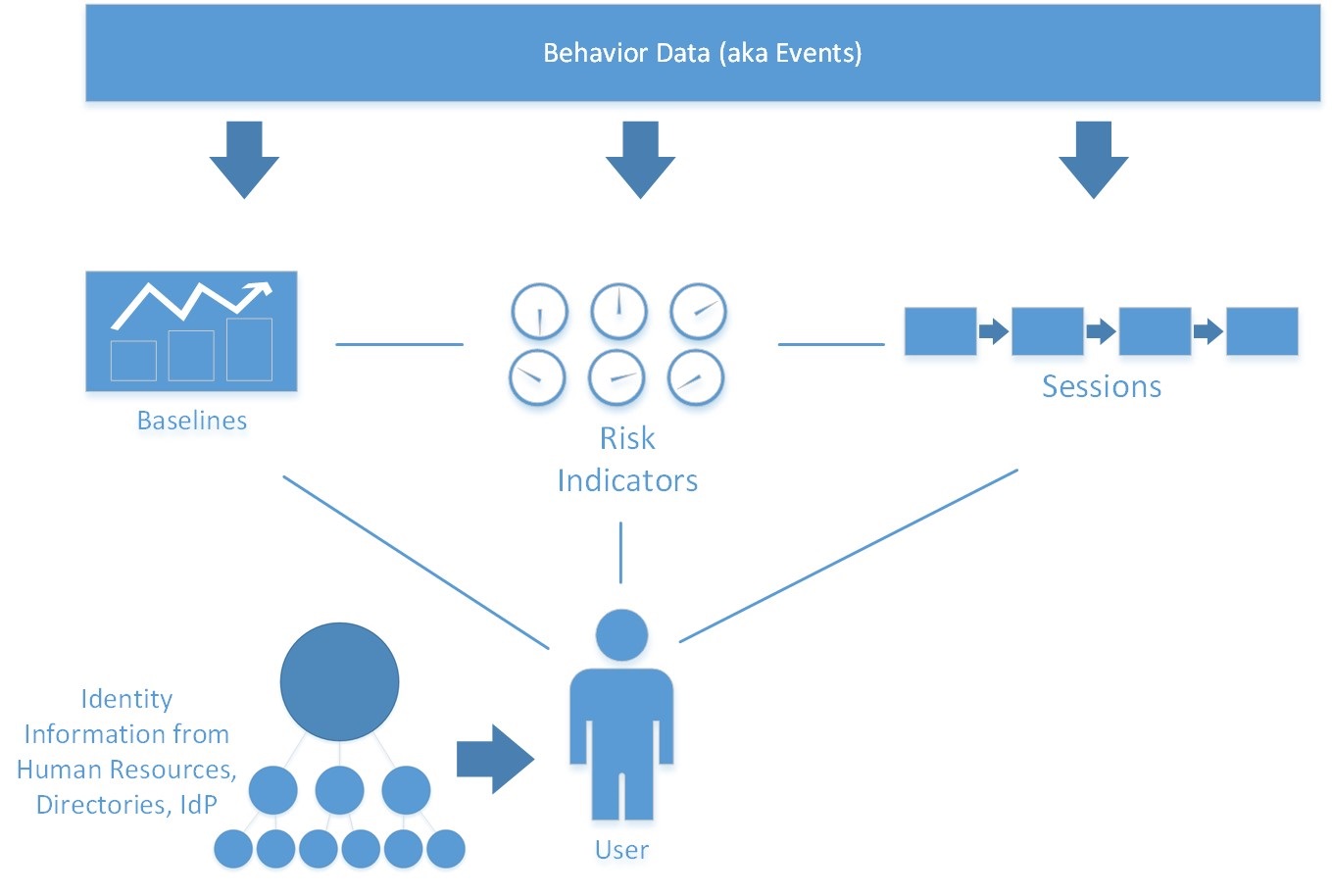
AI-Based User Behavior Analytics: A Comprehensive Guide
User behavior analytics (UBA) is the process of collecting, analyzing, and reporting on user behavior data to gain insights into how users interact with websites, apps, and other digital properties. UBA can be used to improve the user experience, identify and resolve problems, and develop new features and products.
In recent years, AI has become increasingly important for UBA. AI-based UBA solutions can provide businesses with a number of benefits, including:

- Improved accuracy and insights: AI can help to identify patterns and trends in user behavior that would be difficult or impossible to detect with traditional methods. This can lead to better understanding of user needs and motivations, and more effective UBA strategies.
- Reduced costs: AI-based UBA solutions can automate many of the tasks involved in UBA, such as data collection, processing, and analysis. This can save businesses time and money.
- Faster time to insights: AI can help businesses to identify and act on insights more quickly than traditional UBA methods. This can lead to faster improvements in the user experience and better business outcomes.
How Does AI-Based UBA Work?
AI-based UBA solutions typically use a variety of techniques to collect, analyze, and report on user behavior data. These techniques include:

- Web tracking: Web tracking involves collecting data about how users interact with websites, such as the pages they visit, the links they click, and the time they spend on each page. This data can be used to identify user interests, pain points, and areas for improvement.
- App tracking: App tracking involves collecting data about how users interact with apps, such as the features they use, the actions they take, and the time they spend in the app. This data can be used to identify user preferences, identify problems with the app, and develop new features.
- Social media tracking: Social media tracking involves collecting data about how users interact with social media platforms, such as the posts they share, the comments they make, and the people they follow. This data can be used to identify user interests, measure brand awareness, and track customer sentiment.
Once the data has been collected, it is analyzed using a variety of AI techniques, such as machine learning, natural language processing, and predictive analytics. These techniques can be used to identify patterns and trends in user behavior, predict future behavior, and identify users who are at risk of churn.
The Benefits of AI-Based UBA

AI-based UBA can provide businesses with a number of benefits, including:
- Improved user experience: AI-based UBA can help businesses to improve the user experience by identifying and resolving problems, and by developing new features and products that meet user needs.
- Reduced costs: AI-based UBA can help businesses to reduce costs by automating many of the tasks involved in UBA, such as data collection, processing, and analysis.
- Faster time to insights: AI-based UBA can help businesses to identify and act on insights more quickly than traditional UBA methods. This can lead to faster improvements in the user experience and better business outcomes.
How to Implement AI-Based UBA

Implementing AI-based UBA can be a complex process, but there are a number of steps that businesses can take to get started. These steps include:
- Identify your goals: The first step is to identify the goals that you want to achieve with AI-based UBA. This could include improving the user experience, reducing costs, or increasing customer engagement.
- Collect the data: The next step is to collect the data that you need to achieve your goals. This could include data about how users interact with your website, app, or social media platforms.
- Prepare the data: Once you have collected the data, you need to prepare it for analysis. This may involve cleaning the data, removing duplicate records, and standardizing the data format.
- Analyze the data: The next step is to analyze the data using AI techniques. This could involve using machine learning, natural language processing, or predictive analytics.
- Act on the insights: The final step is to act on the insights that you have gained from the analysis. This could involve making changes to your website, app, or social media platforms.

Conclusion

AI-based UBA is a powerful tool that can help businesses to improve the user experience, reduce costs, and increase customer engagement. By collecting, analyzing, and reporting on user behavior data, businesses can gain insights into how users interact with their products and services. This information can be used to make informed decisions about how to improve the customer experience and grow the business.
Post a Comment